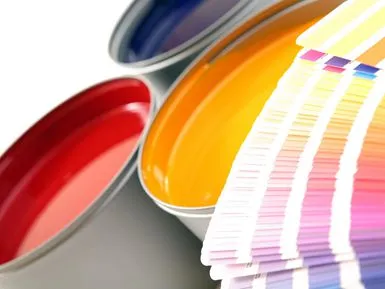Products
NEWS
 Four Types of Outdoor Banner Stands to Enhance the Appeal of Your Advertisements
Four Types of Outdoor Banner Stands to Enhance the Appeal of Your Advertisements
No matter if you run a small retail shop or a large department store, it is essential for every store to adopt brand advertising strategies to attract new customers. For locally-based stores, outdoor ...
Read More > Did You Know About Crystal Light Boxes?
Did You Know About Crystal Light Boxes?
Crystal LED light box, also known as acrylic light box, features side light guide design for even lighting. The transparent crystal frame is surrounded by gorgeous colors when the light box is illumin...
Read More > Poster Stand: It's Not About Watching the Scenery but About Being the Scenery
Poster Stand: It's Not About Watching the Scenery but About Being the Scenery
Aluminum poster stand is usually what we call aluminum poster display stand, generally used in the advertising field. Here are some brief introductions to the characteristics of aluminum poster stand....
Read More >Contact Us
With the continuous improvement of customers' requirements for advertising, light box advertising is gradually reforming and upgrading, from the traditional light box to the current ultra-thin light box. Traditional light boxes have been gradually eliminated by the times because of various disadvantages. So what are the differences between ultra-thin light boxes and traditional light boxes?
1. Traditional light box: A traditional light box with an area of 3 square meters requires 15 40W fluorescent tubes, and its power consumption is 600W.
2. The ultra thin light box: An ultra-thin light box with an area of 3 square meters requires two 28W fluorescent tubes, and its power consumption is 56W.
3. Power saving: The power consumption of the ultra-thin light box is one-tenth of that of the traditional light box, that is, it saves 500W per hour.
4. Energy saving: traditional light boxes consume 500W more electricity per hour than ultra-thin light boxes. Generally, 60% of the electricity of fluorescent lamps is converted into light energy, and 30-40% of electricity is converted into heat energy, of which 200W electricity generates heat energy. In shopping malls, air conditioners need to consume 200-300W for cooling to balance the heat generated by 200W of electricity. In this way, the LED ultra-thin light box with an area of 3 square meters saves 800W of electricity per hour than the traditional light box.
1. The thickness of the traditional light box is generally 20CM, and the width of a column is 100CM, so a column on all sides occupies 0.8 square meters of space in the mall.
2. The thickness of the ultra-thin light box is only 2.6cm, and the space of a light box on all sides of a column is 0.01 square meters, which can save 0.7 square meters of space, and 10 columns of 7 square meters.
1. The position of the traditional light box is not easy to move and cannot be reused.
2. The ultra-thin light box can be moved easily. Reusable, the box can be used for 10 years.
1. Energy saving: It uses fewer light sources than traditional light boxes of the same area and saves electricity by more than 70%;
2. Environmental protection: More than 95% of the materials can be recycled. For example, the aluminium frame LED light box is a good type. The ultra-thin light box adopts the principle of computer matrix, the light is uniform, and the materials are renewable, meeting the requirements of environmental protection.
3. Ultra-thin: Ultra-thin light box is only one-fourth of the thickness of traditional light box, economical and beautiful;
4. Convenience: easy and quick to install and replace the lamp;
5. Uniform light: uniform light, completely flat light output;
6. Beautiful: advanced light guide design to ensure that the lamp will not turn yellow due to the heat generated by the lamp tube
Commercial centers, supermarkets, banks, chain stores, restaurants, fast food restaurants, airports, stations, subways, ferry terminals, bus stations, trains, elevators, interior decoration, wedding photography, large-scale exhibition projects, mobile exhibitions.
Related Products
